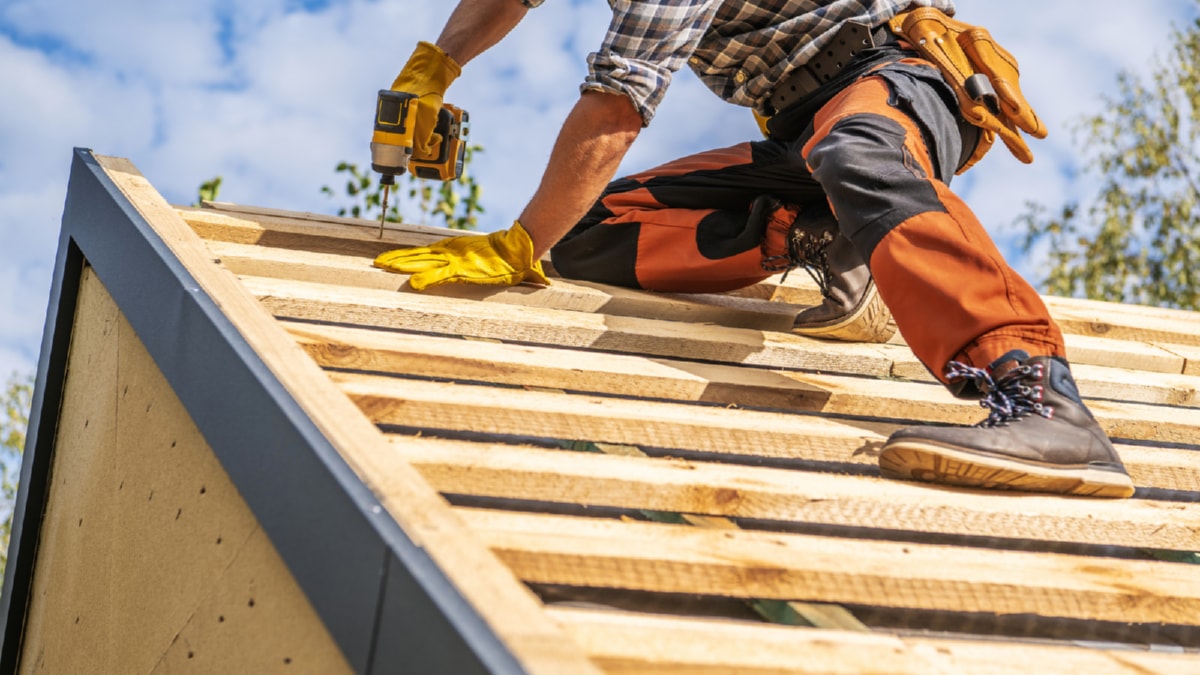The construction industry is on the brink of a technological revolution that promises to reshape its future. By embracing digital transformation, the sector is not only enhancing efficiency but also paving the way for sustainable construction practices. This article explores how technology is instrumental in propelling the construction industry towards a sustainable future.
Sustainable construction aims to minimize the environmental impact while maximizing economic and social benefits. However, achieving this balance has proven challenging for many industry players. The recent surge in technology adoption, however, is poised to change this narrative significantly.
One of the pioneering technologies driving sustainable construction is Building Information Modelling (BIM). BIM is a digital representation of the physical and functional characteristics of a building, facilitating a shared knowledge resource for information about a facility. It assists in making informed decisions during the entire lifecycle of a construction project, right from inception to demolition. This technology aids in reducing waste, enhancing productivity, and improving the quality of builds, thereby fostering sustainability.
Another transformative technology is 3D printing. This technology can construct complex structures using less material and in less time compared to traditional methods. The precision of 3D printing reduces waste generation and allows for the use of recycled materials, contributing to sustainable practices. Moreover, 3D printed buildings have a lower carbon footprint as they reduce the need for transportation and labor.
Drones, too, are playing a critical role in sustainable construction. They provide real-time site images, assist in mapping and surveying, and monitor the progress of projects. This data is invaluable for improving operational efficiency and reducing hazardous situations, thereby minimizing environmental and human impact.
Moreover, digital platforms and mobile applications are streamlining the construction process. They facilitate better communication, real-time decision-making, and improved project management. All these factors lead to efficient use of resources, less waste, and improved sustainability.
Green technology is another emerging trend in the construction industry. This includes the use of renewable energy sources and energy-efficient appliances, green building materials, and smart home technologies. These innovations contribute to a building’s sustainability throughout its lifecycle.
While these technologies are transforming the construction landscape, it’s crucial to remember that sustainable construction isn’t just about implementing the right tools. It’s also about a cultural shift within the industry. There needs to be a focus on training and educating the workforce about the importance of sustainability and the role of technology in achieving it.
The integration of technology in construction is not merely a trend; it’s a necessity to ensure the industry’s future sustainability. By embracing these digital tools and technologies, construction companies are not just enhancing their operational efficiency, but they’re contributing to a more sustainable world. As we move forward, the interplay of technology and sustainability will continue to shape the construction industry, making it more efficient, more responsible, and more future-ready. A sustainable future in construction is within reach, and technology is the key to unlocking it.
For more details, check best interlocking services Toronto or visit their business listing here.



